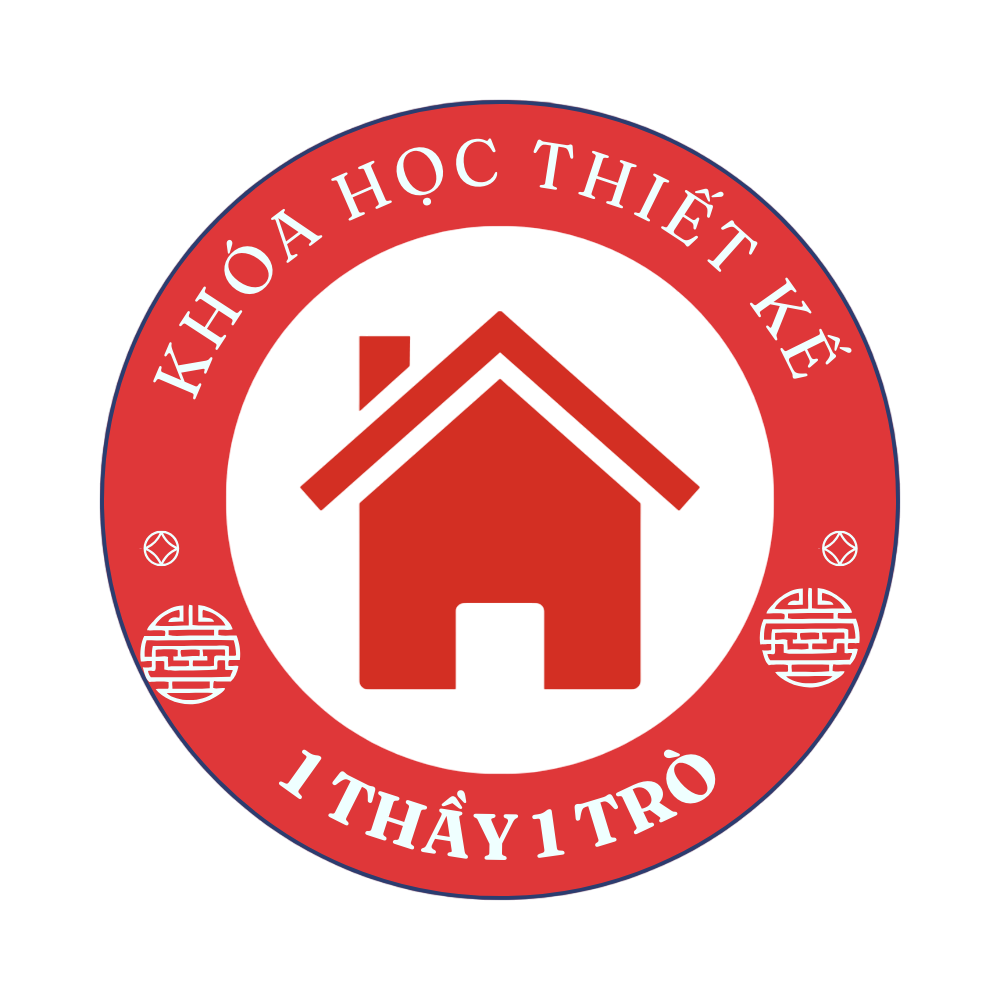##Industry Landscape##
### #Present Industry Metrics#
The European automotive parts sector currently generates over €350 billion annually, experiencing a 4% CAGR decline since 2019[2][9]. This contraction contrasts with 250+ branch networks maintained by major distributors like GSF Car Parts[1][7][15]. Workforce metrics indicate 2m industry professionals sustain operations across manufacturing and distribution channels[2][9]. https://carparteu.com/
### #Electrification Impact#
Accelerated adoption of hybrid vehicles drives 17% annual growth in power electronics demand, offsetting declining legacy system components[2][5]. The EU’s 2035 combustion engine ban threatens quarterly market shrinkage for traditional drivetrain suppliers[2][5].
##Regulatory Framework##
### #Type Approval Mandates#
EU Directive 2007/46/EC enforces system-level compliance through e-Mark approvals covering 1,824 component categories[3][10][14]. TÜV SÜD testing facilities validate emission thresholds using UN R155 cybersecurity standards[14][10].
### #Right-to-Repair Legislation#
The 2024 EU Design Regulation dismantles OEM repair monopolies for headlamps, generating projected €720 million annual savings through third-party supplier competition[5]. Transition periods vary: immediate implementation across member states based on prior regulatory frameworks[5].
##Supply Chain Architecture##
### #Key Market Players#
SPEurope dominate cross-border logistics with 500,000+ SKUs across 28 EU markets, leveraging 3PL partnerships for hourly workshop replenishment[4][8][11][13]. EUROPART specialize in truck trailer parts, maintaining €200M inventories[12][13].
### #Compliance Mechanisms#
E-Mark certification ensure safety compliance through RSA-2048 encryption of LED lighting systems[6][14]. Euro Car Parts enforce VIN validation on remanufactured transmissions[1][15].
##Technological Disruption##
### #Digital Integration#
Platforms like EUROPART EWOS utilize AI recommendation engines achieving 90% order accuracy, integrated with blockchain tracking[8][12][15]. FEBEST deploy QR code traceability across 15,400 article databases[4][11].
### #3D Printing Adoption#
Aftermarket suppliers pilot on-demand spares production for vintage vehicle parts, reducing storage costs by 43% through localized print hubs[9][13].
##Sector Pressures##
### #Margin Compression#
Intensifying competition from Asian exporters forces 17% price reductions among German suppliers[9][10]. Euro Car Parts counter with 190+ pickup points offering trade discounts[1][15].
### #Workforce Gaps#
The automotive mechatronics transition creates 38,000 unfilled positions, prompting VR training simulators with manufacturing academies[12][15].
##2030 Outlook##
### #Circular Economy Models#
Remanufactured assemblies target 55% market penetration through EU End-of-Life Vehicle Directive incentives[5][9]. Motor core refurbishment centers emerge near logistics corridors[2][14].
### #ADAS Adaptation#
Sensor fusion modules require ISO 26262 updates, driving OEM-Tier 1 collaborations across Stuttgart[10][14].
##Synthesis#
#The EU automotive parts sector maneuvers through dual disruption from electrification mandates. Market survivors will reconcile cost competitiveness with circular economy commitments. As ICE phaseouts accelerate, strategic pivots toward software-defined vehicle architectures separate winners from obsolete operators[2][5][9][14].#
